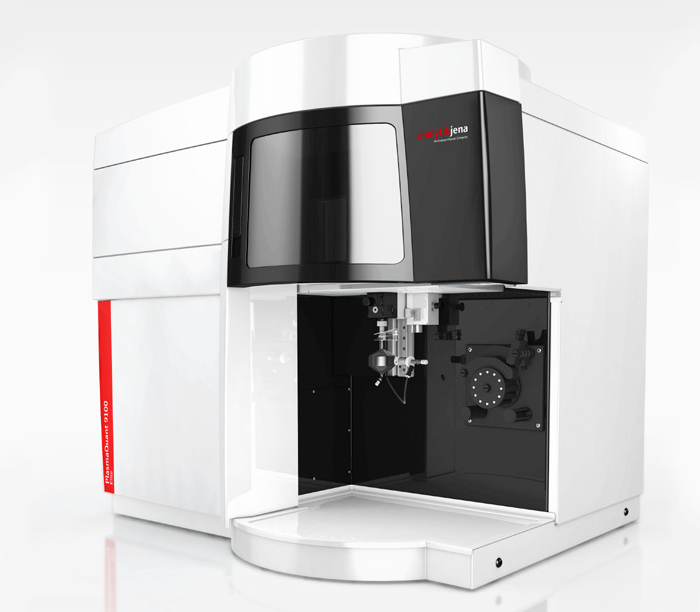Analysis of heavy metals in cannabis with high sensitivity, precision and accuracy.
HR ICP-OES with exceptional sensitivity and industry leading high-resolution optical system for interference-free detection of metals.

Introduction
Cannabis and hemp are amongst the oldest crop plants with a history reaching back several millennia. Its first and main use was as textile fiber, which is still its main usage in textiles, ropes, insulation and waterproofing. A second use of cannabis and hemp is the field of food and drug for its nutritional value as well as its medical and recreational effects. Since the beginning of its legalization in 2014 for medical and recreational use, the investigation of toxic trace elements gained more interest to ensure the safety of cannabis products similar to other food and drug products. Since a global guideline for the analysis of hemp and cannabis products, dedicated for the consumption by humans is not yet existent, individual recommendations were created within the regions that legalized the use of these products. For instance, the California Bureau of Cannabis Control states, that laboratories shall investigate residual solvents and processing chemicals; pesticides; microbiological impurities; mycotoxins; water activity and moisture content; filth and foreign material and heavy metals in cannabis and its related products. Often local authorities define elements to be tested according to regulations of the FDA and the US EPA. In USP Chapter <232>, the elements As, Pb, Hg and Cd are classified to be the most toxic in pharmaceutical products. Hence, these “toxic four” are routinely analyzed in cannabis samples as well.
The determination of trace metals in plant materials is routinely done with optical emission spectroscopy with inductively coupled plasma (ICP-OES). However, the typically low trace levels of As, Pb, Hg and Cd require a high sensitivity of the analyzer. In this regard, common ICP-OES instrumentation often lacks the detection power to securely analyze trace levels in the sub mg/kg range. Therefore, routine labs are often forced to employ the more sensitive ICP-MS technology or to use sensitivity enhancing accessories like an ultrasonic nebulizer (USN) in combination with ICP-OES.





